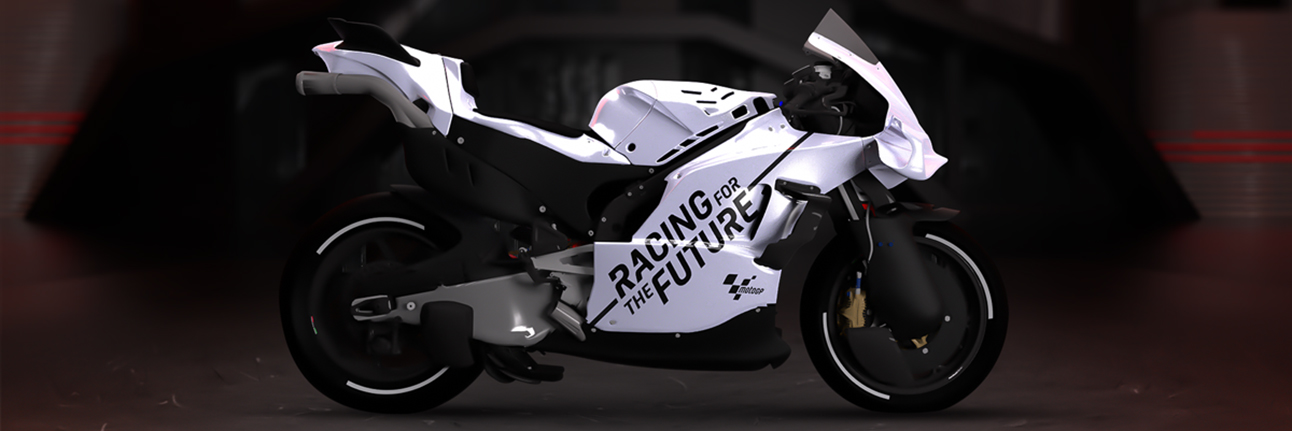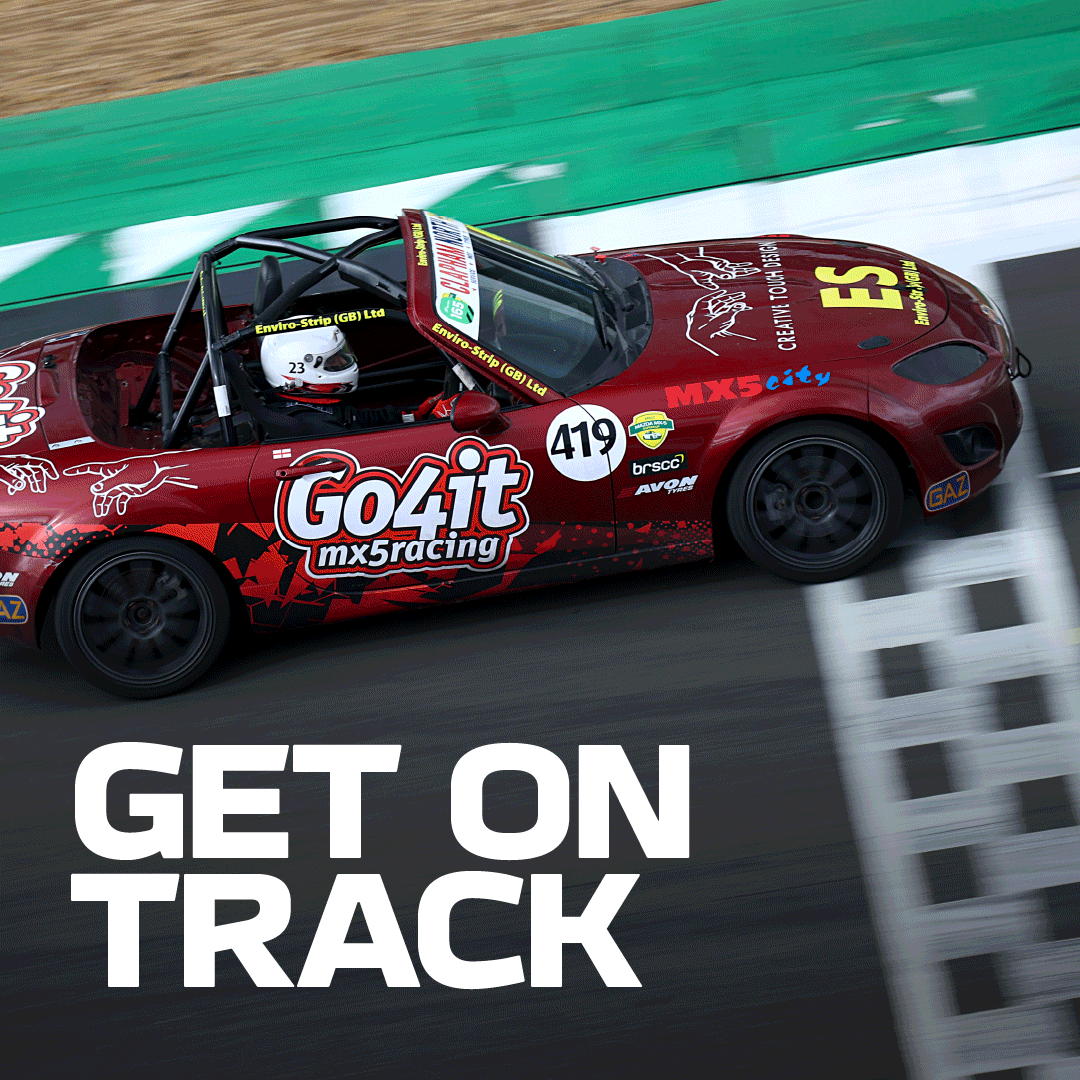
MotoGP’s radical 2027 rules and regulations explained
09 May 2024From the 2027 season onwards, MotoGP will introduce a brand new set of rules and regulations. A radical shift in the way the sport operates, both on track and off it, will be introduced with the lofty ambitions of making it not only safer, but more eco-minded too. This new generation of bikes will hold more relevance to those in the showroom, with a slant towards sustainability.
Of course, this is still MotoGP so there is the spectacle to consider in all of this. But there is no need to fear MotoGP fans, the promoters have factored that into the equation as well. Above all else, they are prioritising better racing and more overtaking.
Smaller engines, no compromise on action
Engine sizes are being reduced from 2027, downsizing from the current 1000cc to 850cc. Safety and efficiency are the name of the game here – smaller engines mean lower top speeds and improved safety.
A decreased maximum bore size (75 millimetres down from 81) also limits performance, which in turn improves the race-to-road relevancy. Instead of the current seven engines per season, that number will also decrease to six in a further bid to make the sport more efficient.
Sustainable fuels
From the 2027 season, MotoGP will race with 100 per cent sustainable fuel. At present, that figure sits at less than half (just 40 per cent). That’s not the only change when it comes to fuel; the tank’s capacity is being limited from 22 litres currently, down to just 20, with 11 litres being used during Tissot Sprint races.
Aerodynamic restrictions, better racing
Aerodynamics has been a controversial topic in MotoGP in recent years, and that is set to rumble on through this new era of regulations. The rules surrounding the sculpted design of the bikes will be more stringent in the future.
Much like we’ve seen in F1 recently, the less turbulent air a bike produces, the closer other riders can follow, thus improving the thing that matters: the racing! The front fairing width will be reduced by 50mm, and the nose pushed back 50mm. Meanwhile, the aero behind the rider will be part of the homologation from 2027, and, in an attempt to control costs, will be allowed a single update per season.

Ride-height assistance outlawed
A ban on all ride-height and holeshot devices will be introduced from 2027. With emphasis on safety once again, especially during a race start, performance will be controlled, while also shifting focus back to the skill of the riders and increasing overtaking opportunities.
Data available for all
In an attempt to bring the field even closer together, GPS data will be shared openly among all the teams after each session. For teams with smaller budgets and limited resources, access to this wellspring of information will be invaluable, offering significant performance gains for insignificant expenditure.
A revised concessions framework
A revised concession system will also come into force in 2027. All teams will start the season as ‘Rank B’ and will then be reassessed during the summer to adjust ranking for more or less concessions. As with many of the new regulations, the goal is to tighten the field spread and provide more action for fans.
With MotoGP already delivering a superb racing spectacle weekend in, weekend out, the promise of even closer racing and even more action is an intriguing prospect indeed.








